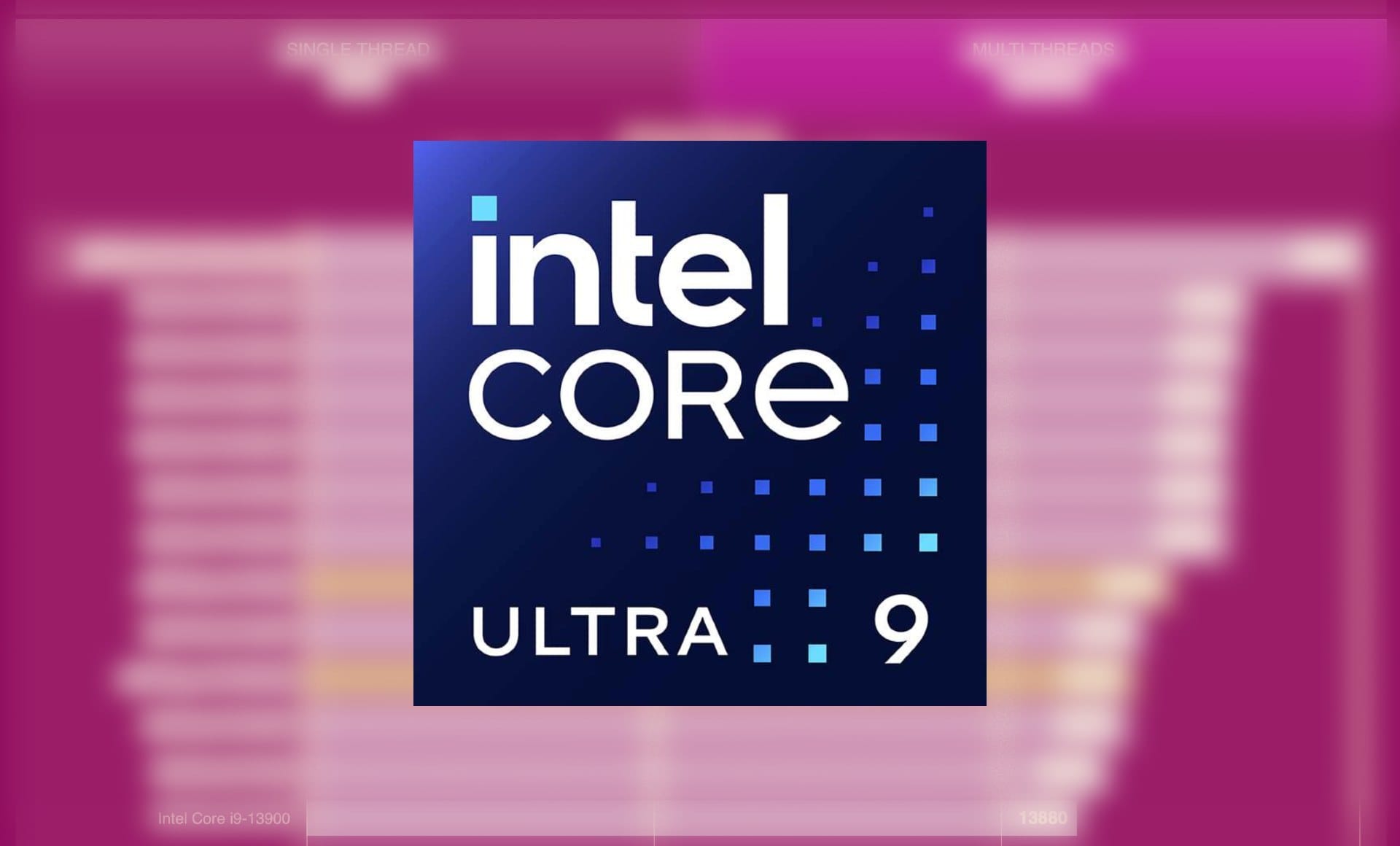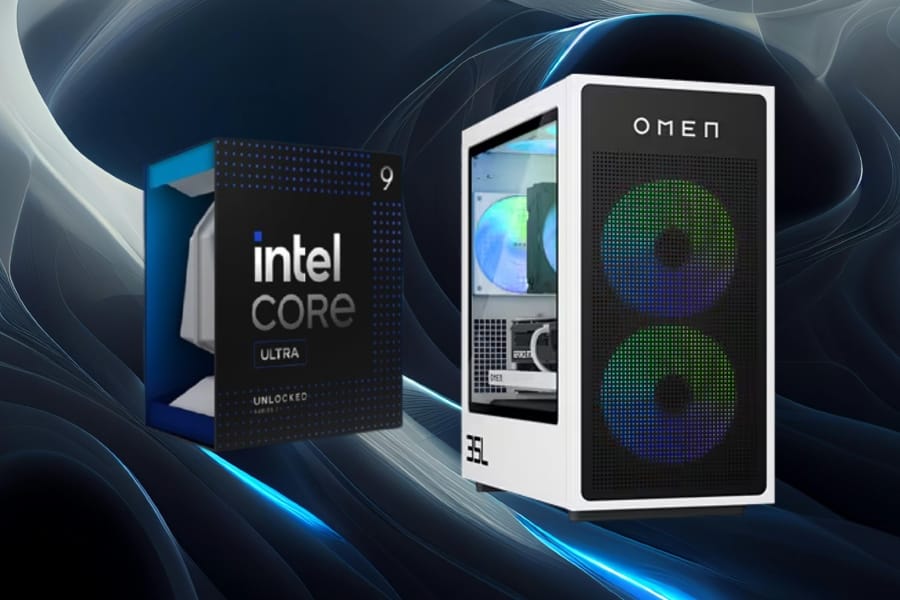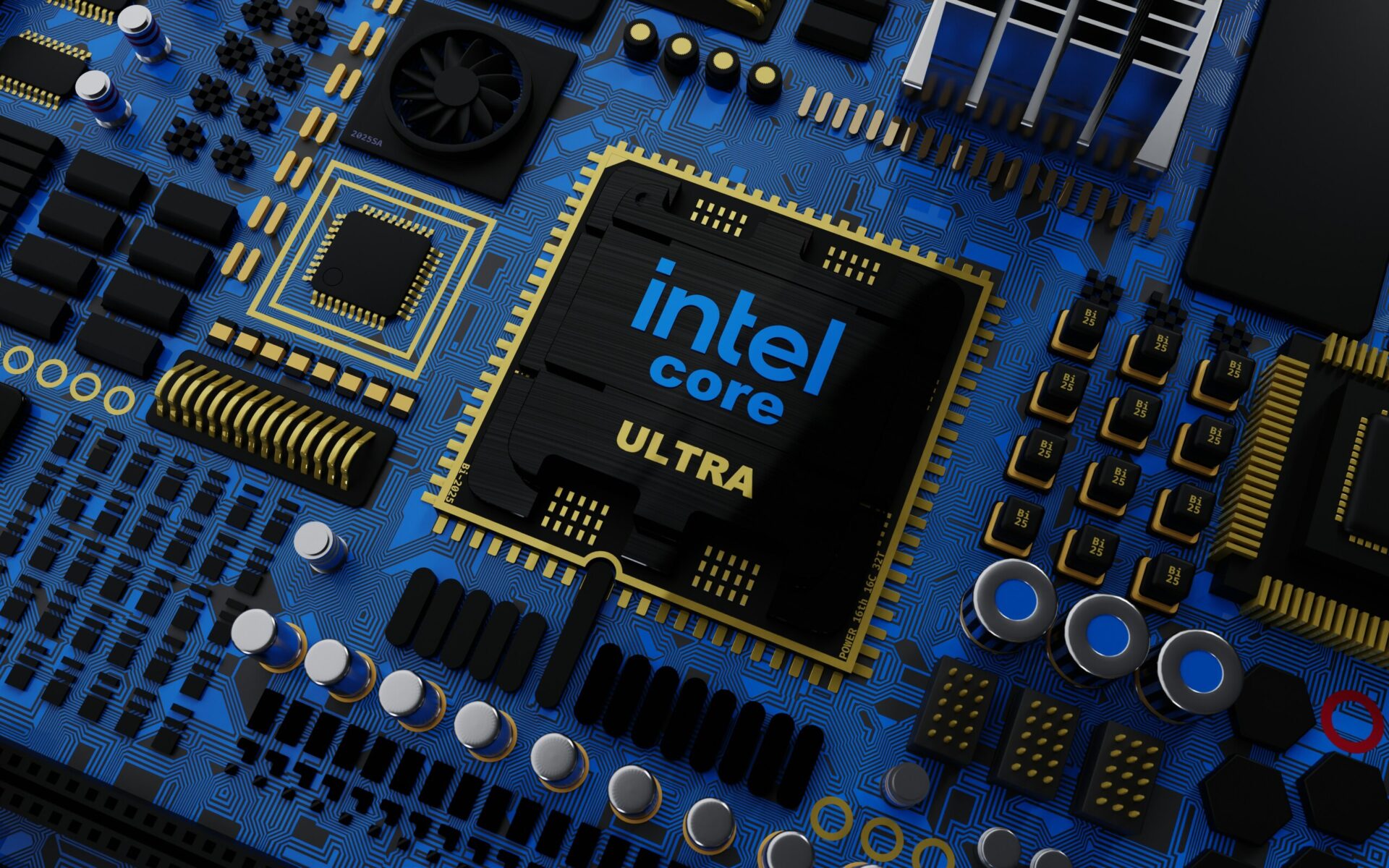Intel has recently introduced its Arrow Lake-S series of desktop CPUs, and true to Intel’s style, there are some unique features. This time, the x86 giant has opted for a focus on efficiency, claiming that its new lineup delivers performance similar to the previous Raptor Lake-R models while consuming significantly less power.
Benchmark Leaks Surface
As expected, benchmark leaks for the new series are surfacing online. A recent leak highlights the single- and multi-threaded performance of the top-of-the-line Core Ultra 9 285K in CPU-Z and Blender. For those keeping track, the results are both surprising and underwhelming, especially considering that the Arrow Lake-S series lacks hyper-threading support, which might upset some users.
Performance Insights
In a prior Passmark test, the Core Ultra 9 285K showcased notable improvements in single-threaded performance, easily taking the top spot. However, due to the absence of hyper-threading, the 285K struggled against last-generation offerings from both AMD and Intel. In the new CPU-Z benchmark leak, the narrative changes. The Core Ultra 9 285K shows an 11% gain in multi-threaded performance, although it still falls short compared to the 14900KS and 14900K in single-threaded tasks.
Thermal Concerns
Interestingly, the benchmark results indicate that the Core Ultra 9 285K reached temperatures exceeding 100 degrees C, suggesting that the CPU experienced significant thermal throttling. Nevertheless, it did achieve peak speeds of 5.5 GHz on its P-cores and 4.6 GHz on its E-cores. Whether there was more performance to be had is uncertain, but it’s known that an ASRock Z890 motherboard was used alongside 2 x 16 GB of DDR5-5600 RAM and an RTX 4080 Super.
Blender Results
Turning to the Blender benchmark outcomes, the data shows that the Core Ultra 9 285K surpasses the i9-14900K by a notable margin of over 14%, yet it is clearly outperformed by AMD’s Ryzen 9 9950X, which leads the 285K by nearly 7%. The specifics of the hardware used in these tests remain unclear, indicating that the results may not fully reflect real-world performance.
momomo_us, 9550pro via Twitter




